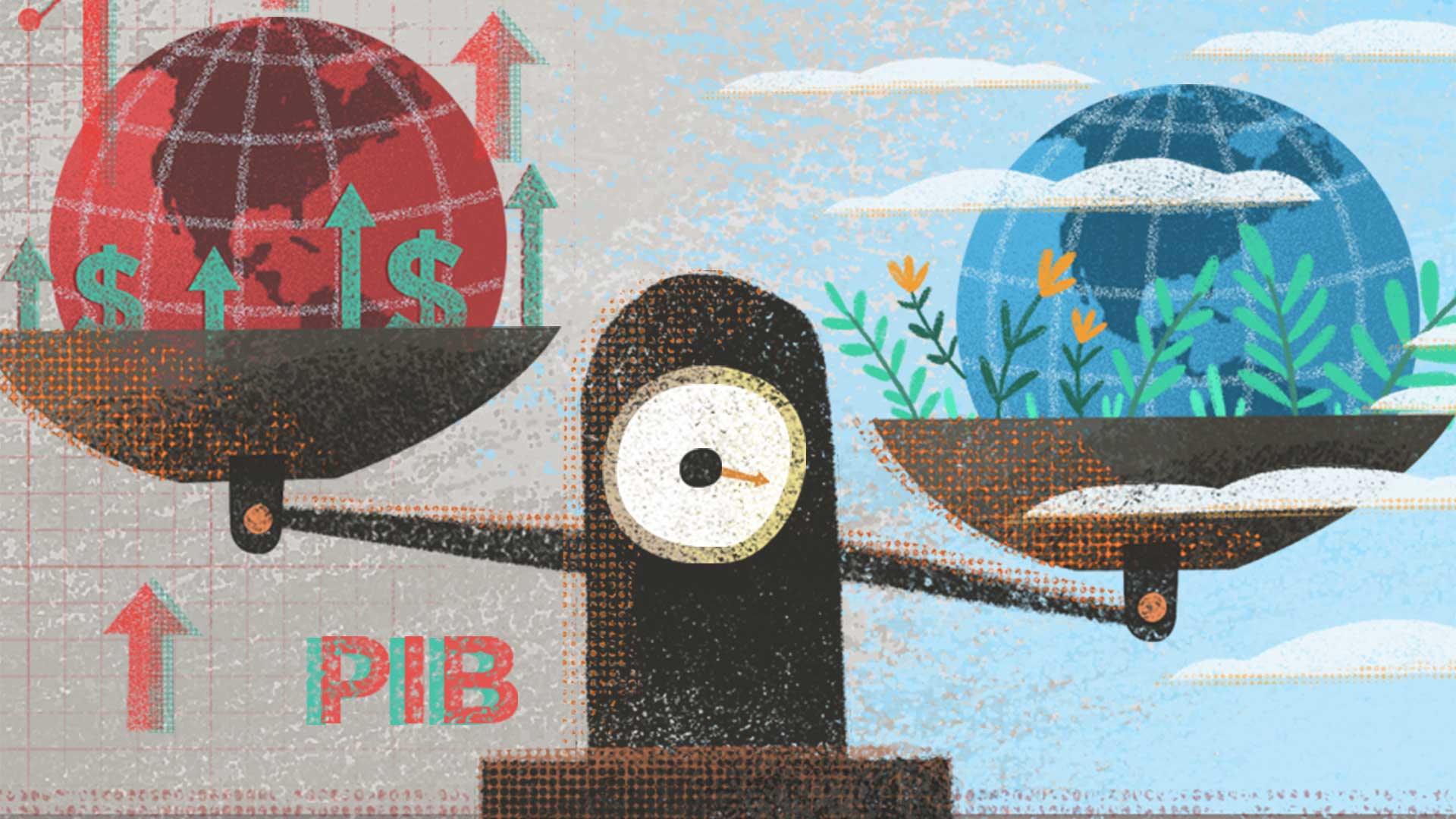Our country has been privileged with a natural capital of enormous magnitude and diversity. Mexico is currently ranked fourth in environmental wealth, with its geographical space sheltering 10% of all known species in the world, five different ecosystems, nine types of habitats and 51 ecoregions, making it a megadiverse country (CONABIO, 2017). However, threatened or endangered species, land erosion and loss of entire habitats are on the rise at an accelerated rate that is due, among other reasons, to pollution and climate change, which are likely directly related to the country’s population and economic growth. Hence, the question: Can economic interests be reconciled with environmental conservation and its resulting resources?
Since this is a multifactorial issue, the answer is not simple. Nevertheless, its significance can be analyzed in relation to two general topics: tangible income and its conservation. The expected benefits of natural resources for emerging economies, such as Mexico where 11% of the national population depends on the primary sector, comprised of agricultural, livestock, forestry, hunting and fishing activities, represent 3% of the GDP (PNUD, 2018).
The Green Gross Domestic Product (GGDP), which accounts for the economic value of the impact on the environment and natural resources of economic activities, represents 78.5% of the GDP, having grown constantly over the last year.
These figures illustrate the economic benefit of exploiting natural resources to support the country’s growth. However, the rapid depletion of such resources and the investment in environmental protection programs have generated a disconnection between the economy and environmental degradation. In 2017 alone, the Total Cost of Environmental Depletion and Degradation amounted to 947,662 million pesos, while only 124,449 million pesos were invested in Environmental Protection. This translates into an environmental deficit of 823,213 million pesos, which will require investing at least 7.61 times more in order to avoid damaging the environment and to preserve the expected benefits in the long term.
In light of this, the need to protect and prevent the degradation of the increasingly depleted environmental resources has fomented the creation of financial tools and vehicles that, by means of public policies, green education and the involvement of the private sector, have generated new types of green businesses and even innovative financing solutions for environmental protection. This has generated new business opportunities in which the financial objective is not decreased, but rather complemented and transcended, thus creating a sustainable value chain. Mexico has implemented diverse initiatives, with the support of the Ministry of Environment and Natural Resources (SEMARNAT) and the United Nations Environment Program (UNEP), for the creation of eco-friendly markets. They include the Sustainability Index of the Mexican Stock Exchange (Sustainable IPC) and the Carbon Market, both of which seek to offer a real market that drives environmental projects and the reduction of pollution emissions (BMV, 2019).
Since its launch in 2011, the Sustainable IPC has enjoyed a 10-year annualized return of approximately 13.09% (BMV, 2019) and is made up of 29 companies that represent sustainable investment portfolios. The annualized risk for the same period is 15.24% and its performance based on historical yield has doubled compared to the general IPC. Although its market capitalization is lower, the leading issuers that comprise the index represent 77.5% of the main components in diverse industrial sectors, such as finance, communications, industry and services. On the other hand, the sustainable bond market has kept up and, since Mexico joined the Kyoto Protocol in 1997, has generated interesting growth prospects.
The carbon market in Mexico has been ranked fourth since 2008 and its architecture sets quantified emission reduction targets (ECLAC, 2018). The economic mechanism results from obtaining income generated from the exchange of carbon credits called Certified Emission Reductions (CERs). These CERs are allocated to projects that seek to reduce greenhouse gases. If a company emits one million tCO2e, it can neutralize its emissions by protecting a forest that absorbs one million tCO2e or by financing the development of clean, efficient energy with an equivalent reduction. This is the same mechanism as that of a traditional stock exchange: supply and demand coincide in the market, but emission permits are exchanged instead of goods or services.
Climate change and the challenges of globalization are calling into question the current economic growth management systems, with undeniable social, political and geographic implications that need to be taken into consideration. The reconciliation between economic growth and the environment is an ongoing issue, while the macroeconomic benefits derived from the exploitation of our natural resources are tangible and representative for Mexico. The half-way point represents the protection of these natural assets through the participation of the government and society in creating mechanisms to generate sustainable investments, thereby guaranteeing the wellbeing that is a constitutional right of all Mexicans.

